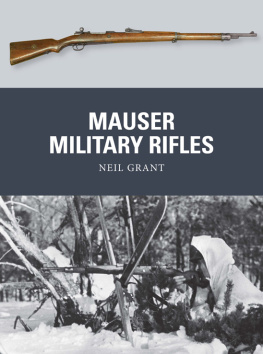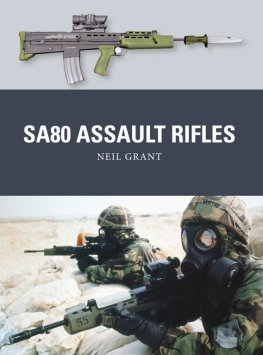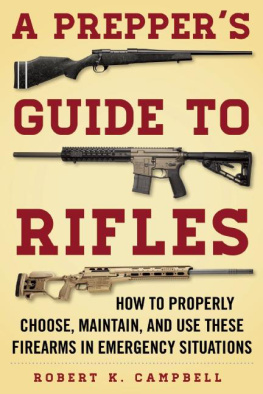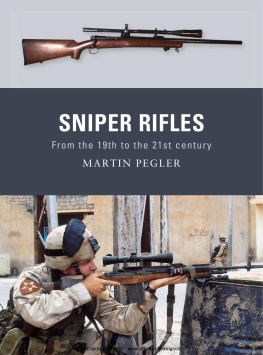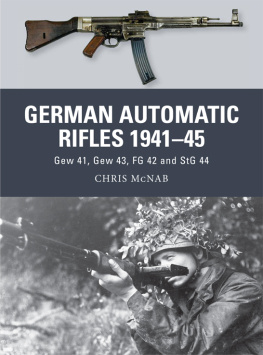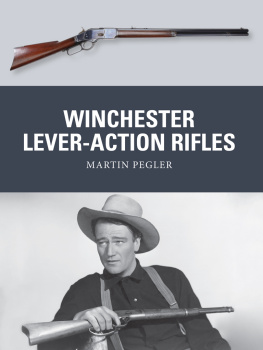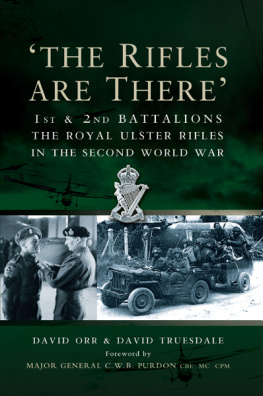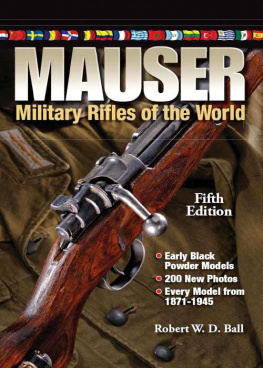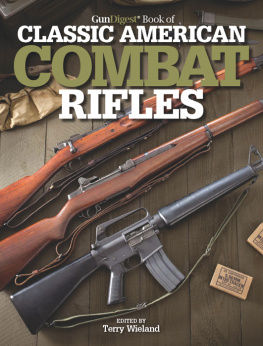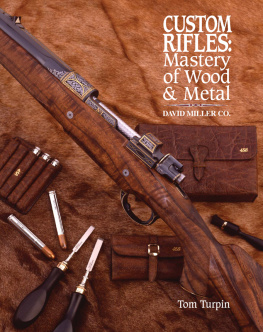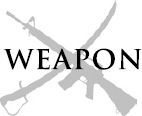
MAUSER MILITARY RIFLES
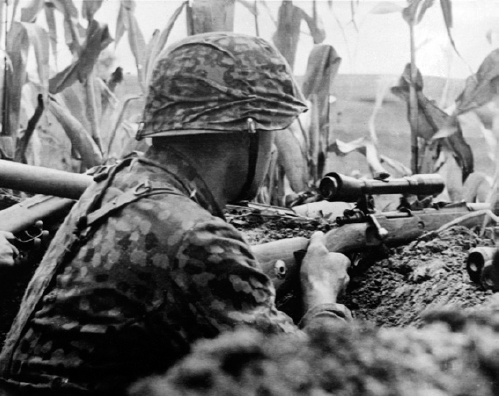
NEIL GRANT
Series Editor Martin Pegler
CONTENTS
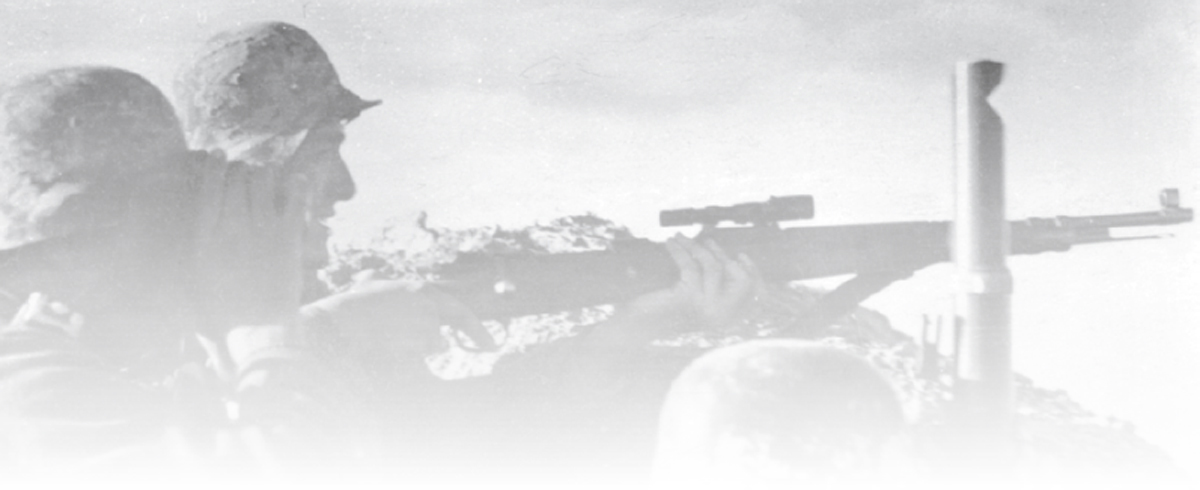
INTRODUCTION
When Wilhelm I of Prussia was proclaimed as the first Kaiser (Emperor) of the newly united German Empire in the Hall of Mirrors at Versailles in January 1871, it represented a triumph for the Realpolitik of his Chancellor, Otto von Bismarck. Victory in the Franco-Prussian War of 187071 had been a precondition for German unification, both to prevent French interference and to increase Prussian prestige as the protector of the smaller German states. However, the German annexation of the French provinces of Alsace and Lorraine (against Bismarcks advice) meant that the French always regarded their defeat as something to be reversed, when possible. France thus allied itself with Russia, forcing Germany to fight on two fronts in any future war. Bismarck was able to prevent political tensions boiling over into war while he retained power, but ultimately the escalation of a crisis in the Balkans in 1914 resulted in Germany launching a pre-emptive attack on France. Germanys hope, embodied in the so-called Schlieffen Plan, was to knock France out of the war quickly before Russia could mobilize, thereby allowing Germany to deal with its enemies one at a time. The failure of this plan, and the harsh peace terms imposed on Germany after its defeat in World War I (191418) ultimately led to the rise of the Nazi Party and to World War II (193945).
Less directly, success in the Franco-Prussian War also led to the Mauser series of rifles, probably the most important, widely produced and influential family of rifles during the first half of the 20th century. German soldiers went into the Franco-Prussian War armed with the Dreyse needle gun, a revolutionary weapon when it was introduced three decades previously. By 1870, however, the Dreyse was a dated design and clearly outclassed by the more modern French Chassepot rifle; the German victory was due to superior strategy, rather than better equipment. The German Army could not permit continued French superiority in small arms, and looked for a weapon as good as the Chassepot, or preferably better. They found it in the designs of the Mauser brothers, and for the next 75 years the primary weapon of almost every German infantryman was a Mauser-designed rifle.
The early black-powder Mauser rifles saw relatively little use in battle, but they evolved into the classic Gew 98 (Gewehr 98, or rifle 98) of World War I, and its World War II successor, the Kar 98k (Karabiner 98 kurz, or carbine 98 short). Both were produced in vast numbers and served as the main rifles of the German Army through the two greatest conflicts in its history. The tactical environment changed significantly during this period. New weapons appeared to supplement the rifle, including machine guns, which increasingly became the core of the infantry squads firepower, with riflemen reduced to carrying ammunition and providing local security. Despite the evolutionary improvements in the Mauser rifle, it was beginning to show its age by World War II. While it could still hold its own against other bolt-action designs, it was outclassed by newer Soviet and American self-loaders. The Germans efforts to produce their own semi-automatic rifles (the Gew 41 and Gew 43) never met expectations. They persevered, developing the radical MP 44, the first practical assault rifle. The Germans were never able to produce enough of these weapons, however, and the Kar 98k remained in full production until the end of the war.
Had it only been the primary weapon of the German Empire and the Third Reich, the Mauser rifle would still have been an important and influential firearm. In fact, unlike its rivals such as the French Lebel or British Lee-Enfield (which achieved few sales beyond the Empire), Mauser rifles armed much of the world for half a century. Spain, Scandinavian countries and most of Eastern Europe either bought Mauser rifles or manufactured copies themselves, sometimes on original German tooling received as war reparations. Most South and Central American countries purchased Mausers, as did Turkey, Persia and Japan. China received or manufactured so many that Mauser actually became a Chinese word for rifle. Even the United States adopted what was effectively a Mauser clone, the M1903 Springfield. Some of these weapons saw use in the hands of Boers fighting the British in South Africa (18991902), in the SpanishAmerican War of 1898, by Irish Republicans in the Easter Rising of 1916 or with Chinese forces during the Warlord Era of the early 20th century.
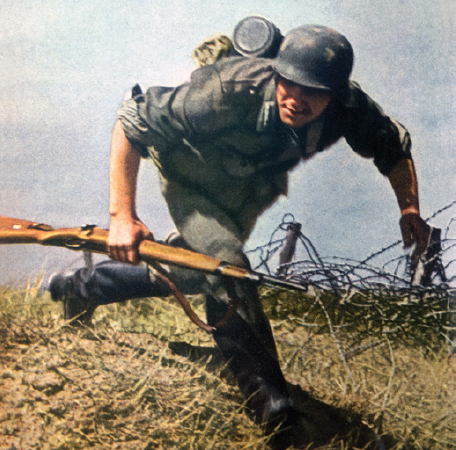
A wartime German propaganda photo of a soldier with a Kar 98k. Millions of Mauser rifles were produced to arm the German forces in both world wars. (Cody Images)
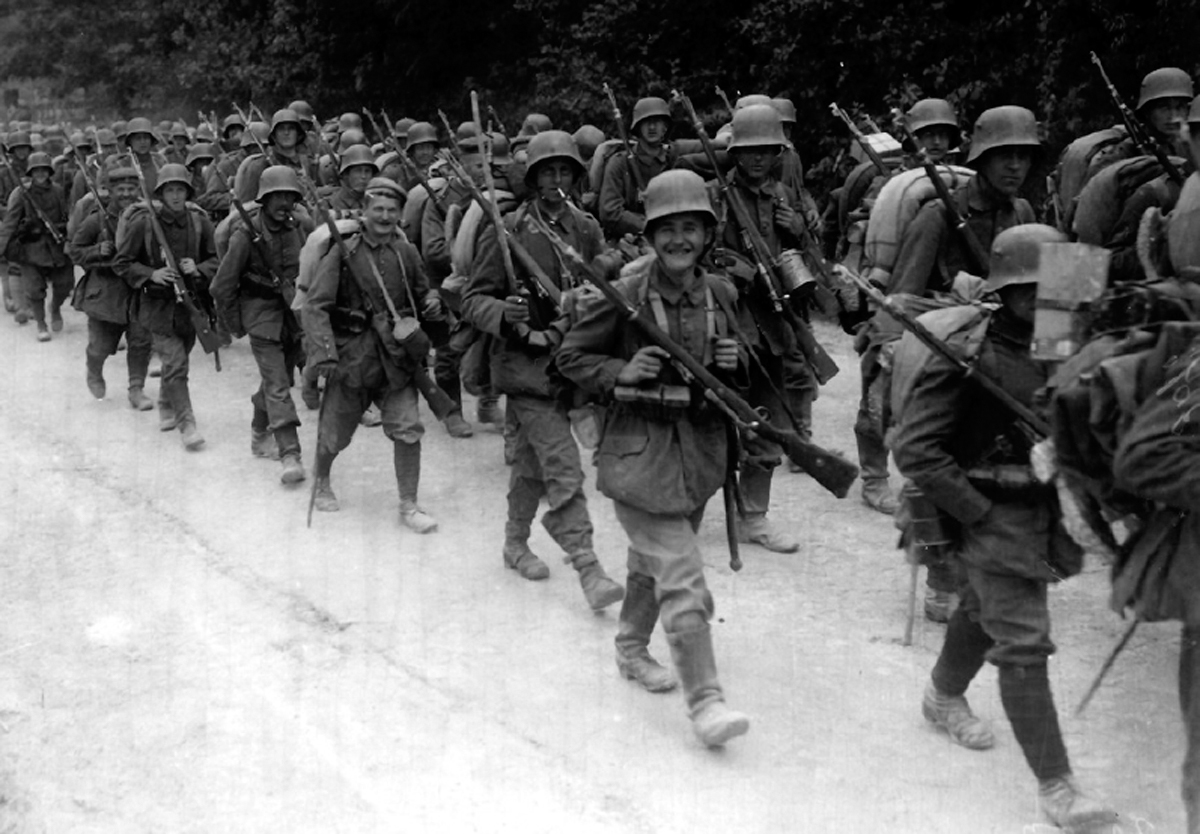
The long barrel of the Gew 98 is obvious in this picture of German infantry marching up to the line in June 1917. In 1914, carrying rifles around the neck in this manner had been prohibited as unsoldierly. (Tom Laemlein/Armor Plate Press)
Some of the millions produced continued in use after World War II; the Mauser was the standard rifle of the new State of Israel in the 1948 war, while Chinese-made examples were used against UN forces in the Korean War (195053). Others were rebarrelled to new calibres (often US .30-06 or 7.62mm NATO) and served on as second-line weapons. The last military examples served as sniping weapons as late as the Yugoslav wars of the 1990s, but hundreds of thousands remain in use to the present day as hunting and sporting rifles. Throughout more than a century of service, the Mauser rifle has established a reputation as an accurate, hard-hitting and reliable weapon, and it remains the classic bolt-action rifle for many people.
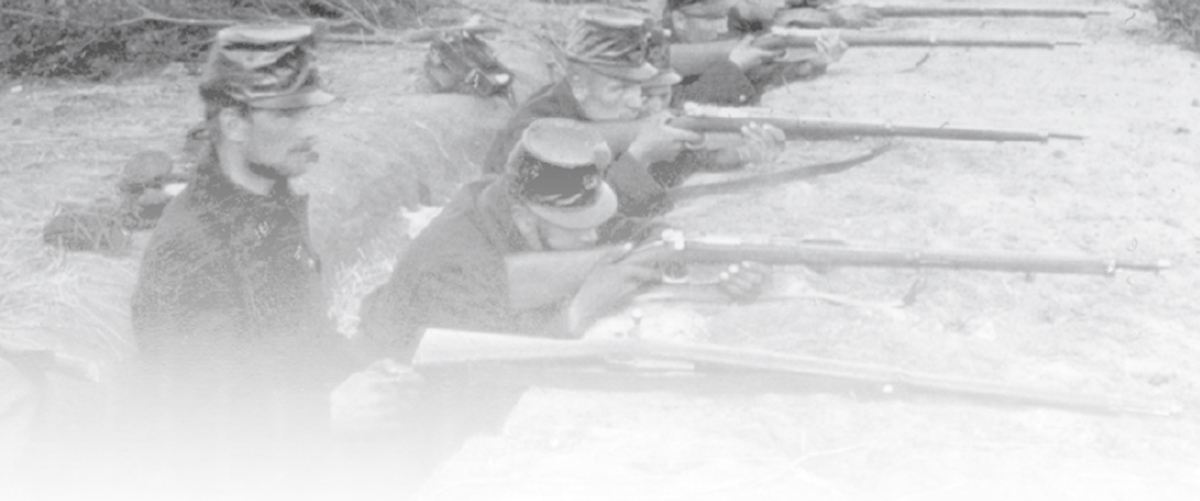
DEVELOPMENT
Forging a legend
GERMAN RIFLES BEFORE 1871
The needle gun
Until the 1840s, infantry muskets remained essentially unchanged from the smoothbore weapons of the Napoleonic period. The advantages offered by rifled weapons much greater accuracy and increased effective range were well understood, but forcing a ball down the grooves of a rifled barrel took much longer than with a smoothbore, and the tactics of the time valued volume of fire over accuracy. The solution eventually adopted by most European armies was the Mini ball. This was an elongated bullet with a conical hollow in the base. It was small enough to drop down the bore without needing to be forced through the rifling, so the weapon could be loaded as fast as a smoothbore, but when the powder charge fired, the expanding gas pushed out the skirt surrounding the hollow in the base, so that the skirt engaged with the rifling grooves.
Next page
